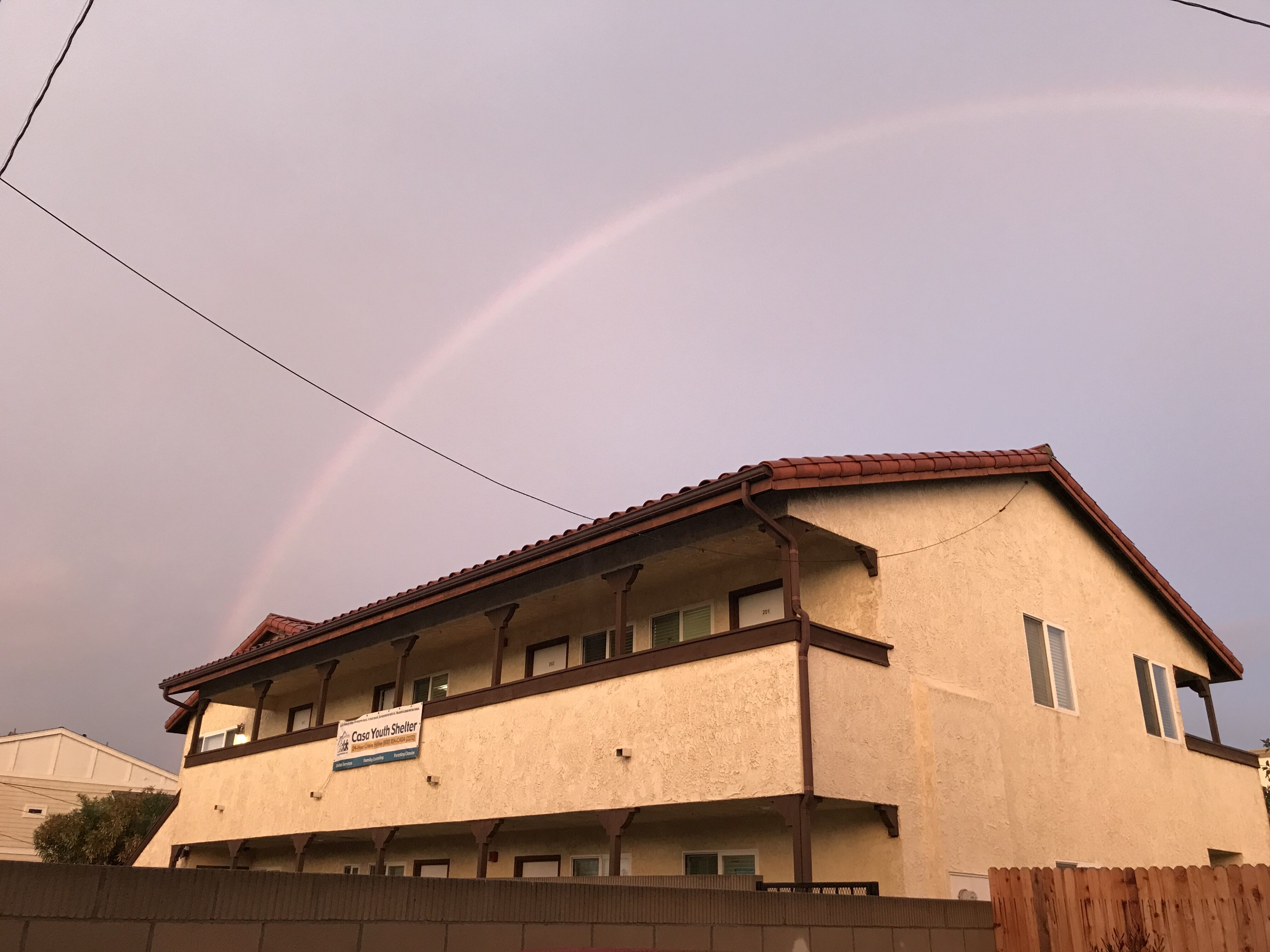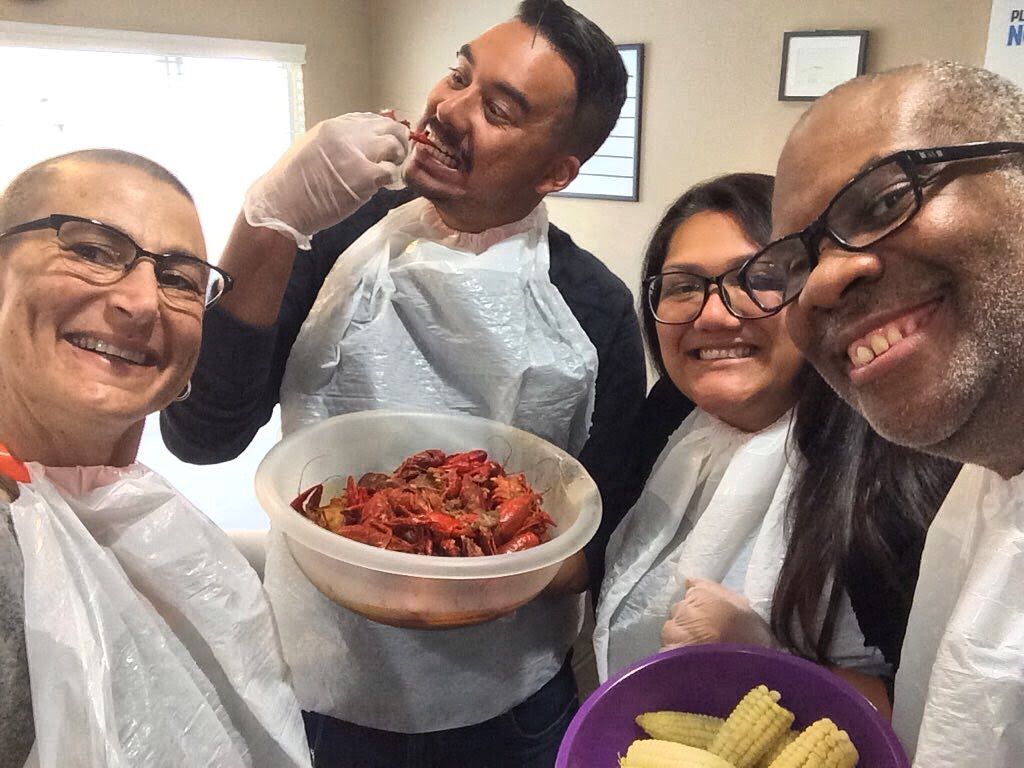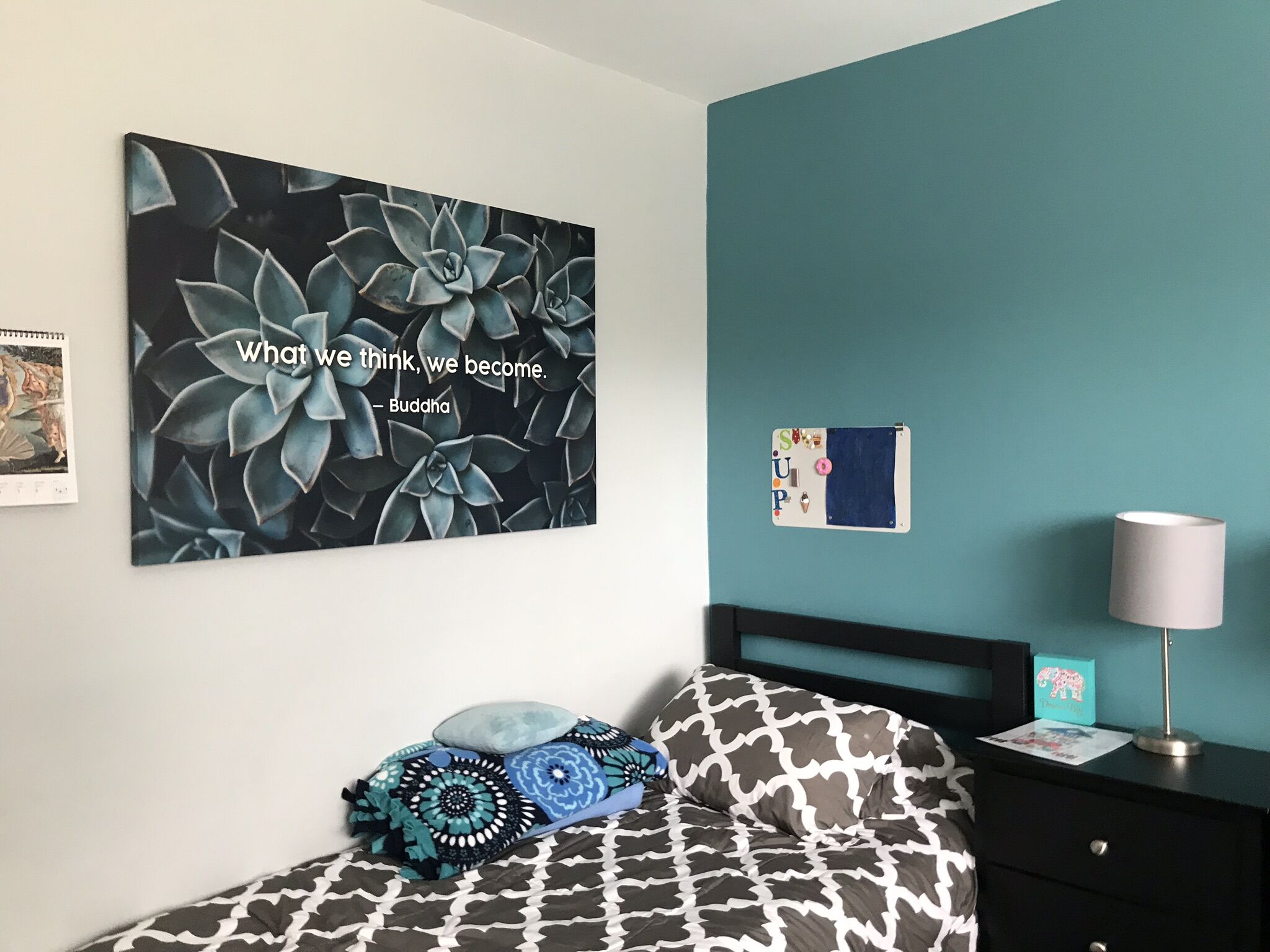Since the moment it opened, the Casa Youth Shelter has been a place where troubled teens are welcome to walk through the doors, day or night, 365 days a year.
For a variety of reasons, these teenagers suddenly find themselves jettisoned into a personal or family crisis for which they are ill equipped to handle and woefully unprepared to navigate.

Often estranged from family, these young souls starkly find themselves in trouble or alone, sometimes both.
Since the moment it opened 42 years ago, the Casa Youth Shelter has been a catcher of these young souls, with an eye to rebuilding their family unit from which they came.
“Our goal is to catch kids when they are struggling through a crisis of some kind,” says Executive Director Amy Lakin. She said Casa is “always open” to provide sheltered youth “kind words to navigate through the crisis” and to provide them the “tools to cope with what comes their way in the future.”
Still operating from the homestead of Casa’s founder, Myldred E. Jones (see related story), this quiet complex on Reagan Street could perhaps be considered an example of a living miracle.
Jones, one of the original Rossmoor homeowners, sold her home and, at 69, used the proceeds to buy the two lots in Los Alamitos On one she built a small home and in 1978, on the other lot, she founded and built the Casa de Bienvenidos Youth Shelter, which over the years has been shortened to Casa Youth Shelter.
Though Casa has since expanded but never, not for a moment, shut its doors since the day it opened.
Casa Youth Shelter has, over time, developed a wider community “where all adolescents in crisis have a safe place to stay in an environment that promotes healthy family relationships.”

Without aversion to cause, these troubled youths are accepted and actually welcomed into the Casa “family.” They are given a comfortable, gender segregated room and given full access to the Casa facility. It includes a kitchen and dining room where kids cook and eat (alongside staff), recreation facilities, games, outdoor recreation, reading rooms and truly, a home away from home while in crisis transition.
There are house rules, however, and kids must adhere to them. For instance, they must eat together, as a family, and kids must “ask” for second helpings before serving themselves.
No one is allowed to leave the table until everyone is finished. “For many troubled kids, this is the first ‘family’ meal they’ve ever eaten,” said a tour guide during their most recent open house.
In the past decade alone, Casa has sheltered 2,284 teenaged girls and boys.
During their stay, the well-trained staff nurtures them, strengthens their spirit and later arms them with the knowledge and understanding sufficient. in most cases, to renter the environments from which they left.
After their initial stay, Casa Youth Shelter also offers troubled youth follow-up counseling.
According to the shelter’s statistical analysis, they come for a variety of reasons., which, “unfortunately often includes child abuse.” Physical abuse is the top abuse reported, followed by sexual abuse, mental abuse and neglect.
Moreover, over that same decade, Casa Youth Shelter’s crisis hotline has handled 7,405 “crisis calls stemming from substance abuse, homelessness, gang involvement, human trafficking, running away to avoid a home crisis, issues related to sexual identity or issues related to families with active duty military.

Because of their long history of successful outcomes, Casa Youth Shelter receives referrals from community agencies, local schools and even police agencies.
According to Lakin, Casa Youth Shelter has developed referral relationships with key educational, clinical and other social service agencies. They refer troubled youth to the proper agencies, when necessary, but always with a tender hand of assistance, rather than an authoritative mandate of law.
“We know that crisis’ happen in life,” says Lakin, so while under the Casa roof, kids are taught skills, social tools and other useful techniques necessary with a goal of returning to normalcy and hopefully, a return to the family unit.
“We know that sometimes kids can’t resolve things on their own. Sometimes the issue is bigger than them. It can be generational or systematic,” says Lakin. “So we do anything we can to provide support for the whole family unit.” “That’s our goal.”
Federal law only permits sheltering teens for no more than 21 days at a time, so the staff at Casa is trained to provide immediate care as a temporary shelter for youth in crisis. Says Lakin, this enables them to “come through with increased personal strength and a sense of renewal while in a supportive environment.”
Courts now allow police discretion to allow teens to choose juvenile hall or Casa Youth. However, for those who choose Casa Youth Shelter, says Lakin, “it is mandatory to participate in all of our counseling programs and everything involved.”
Even local police officers, she said, “would rather” bring troubled youth to Casa rather than deliver them to “the juvenile halls, the justice department or some kind of foster care program.” In fact, Los Alamitos Police Chief Eric Nunez is a member of Casa’s Board.
“We want to give kids in crisis the tools to navigate through those issues that might come up and to help be a resource for the entire family,” says Lakin. Relationship building in many cases lasts a lifetime, she says.

“They’re here (at Casa) for only a few weeks,” said Lakin, “but they are with us (Casa family) forever.”
Even once they leave Casa, she said the shelter continues to act as a resource for the kids or the family. “We want to be a resource for them throughout whatever that continuum of need,” says Lakin.
“Once kids are here, they are part of our family.” Lakin said teens are encouraged to call back if they need anything at all, including, food, school supplies, employment assistance, housing assistance, etc.
Casa Youth Shelter has attracted an active board of top tier donors and enjoys widespread community support.
“We are more than just a shelter. We provide individual, family and group counseling and case management,” she says. “Our work should be taken as broadly as humanly possible,” said Lakin.
Just last week, members of the Los Alamitos Chamber of Commerce voted Casa Youth Shelter as its outstanding nonprofit partner of the year.

Though the world has grown much more intricate and complicated since Jones founded Casa four decades ago, Lakin says “the model has not changed. “Myldred wanted to create a home-like atmosphere, so it’s not a shelter in terms of a giant room. Every youth has their own room. They do chores and eat meals together.”
So, while modifications and expansions have been made, and while the types of crisis’ and the way we provide assistance has changed, “the mission at its core has not. We have made it our own and it is absolutely okay.”
Defying all odds against it, Casa Youth Shelter has not only survived, but has thrived. The dedicated staff of Casa Youth Shelter, starting with Myldred, has intervened in the lives of more than 10,000 teenagers in crisis since her initial act of human generosity, servicing approximately 250 each year.
Therefore, this safe-haven built on a vacant lot in Los Alamitos has indeed become a living miracle on Reagan Street for troubled youth.

